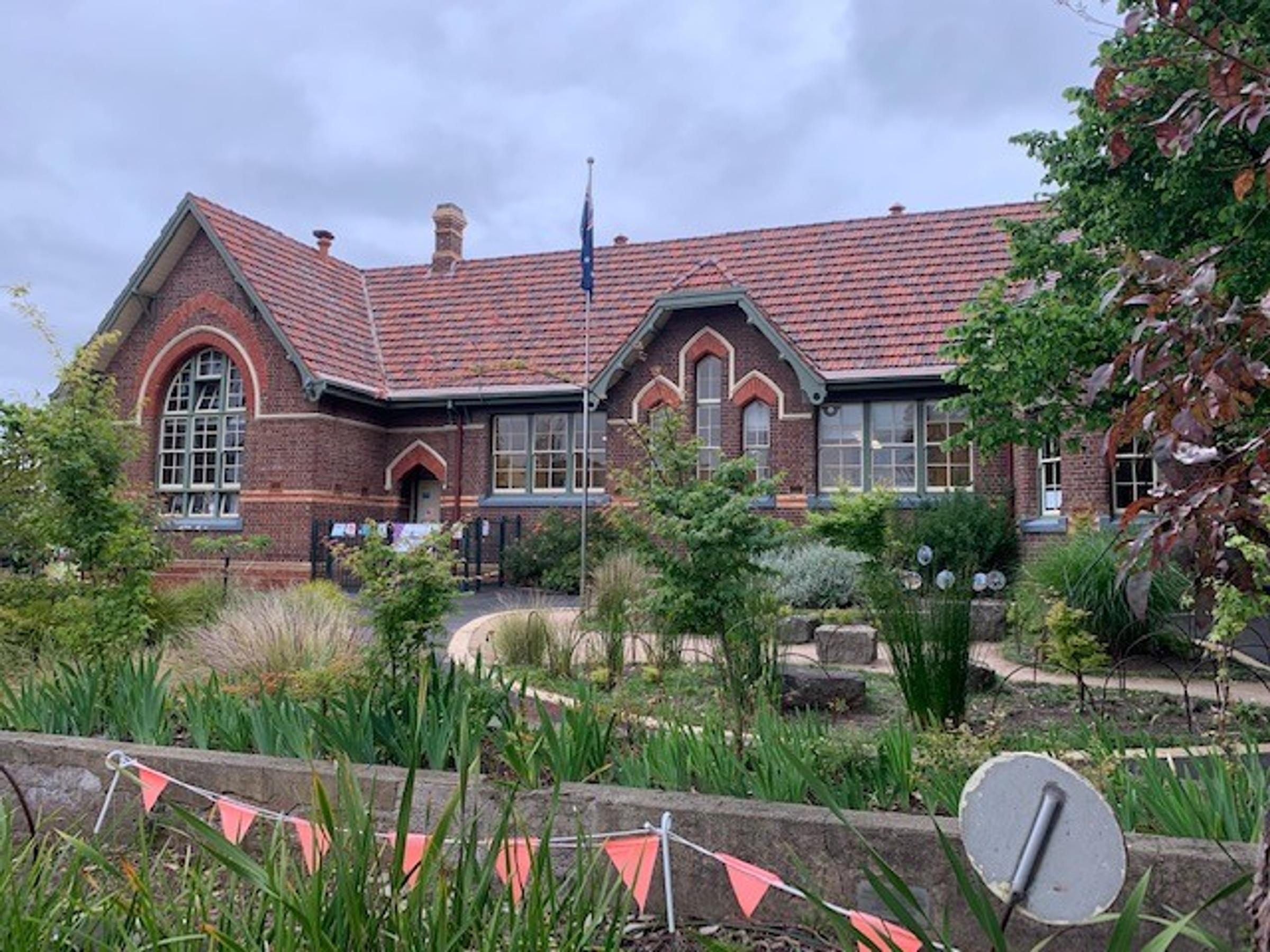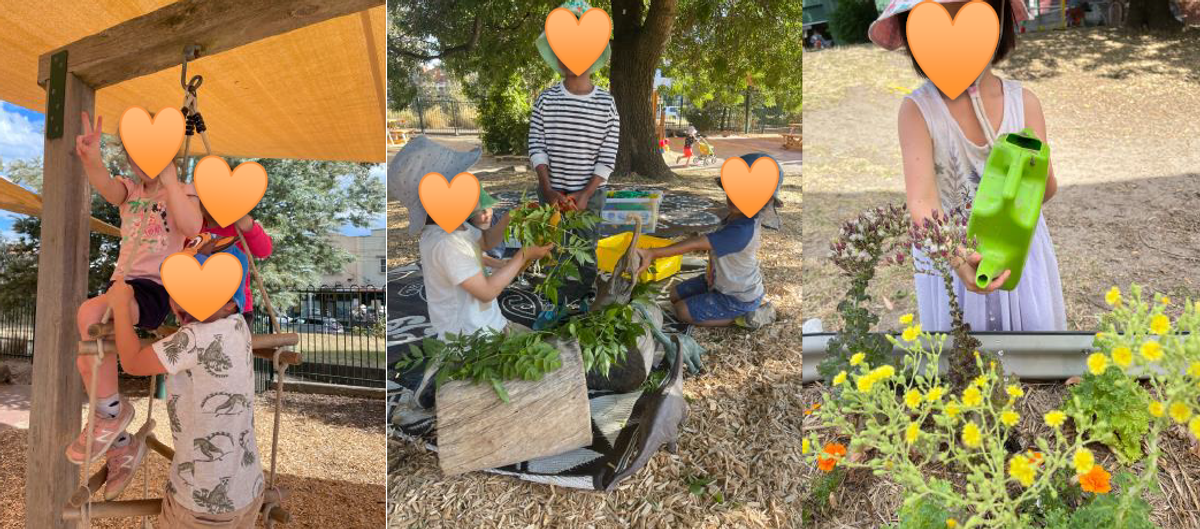Glen Education Caulfield Primary Kindergarten

Developing Intentional and Purposeful Learning Environments
Joy Lee, Early Childhood Teacher
Ann Yik, Early Childhood Educator
Very often, when we think of the term 'teachers', we instantaneously think of the teachers, educators and caregivers that are present in our children’s life. What about the learning environment that the child is in?
Many people have the misconception that a teacher is someone that interacts verbally with the children. We beg to differ. An environment that is intentionally and purposefully created plays an imperative role in teaching and shaping children’s learning and development trajectory.
At Glen Caulfield Primary Kindergarten, we strive to create such environment. We take the view that every space has an identity and a purpose and is rich in potential to provides opportunities for exploration, discovery, and play which can support the development of important skills, such as social skills, language skills, and problem-solving skills.
Here are some wonderful examples of how the environment as the third teacher can be seen in action every day at our kindergarten.
1. A reading corner: A cosy corner of the classroom with comfortable seating and a variety of books can encourage a love of reading and support language development. This space can provide a quiet place for children to explore books on their own or with a friend. We extend this setting by visiting the Caulfield Primary School’s library on a weekly basis.
2. Sensory table: A sensory table with materials like sand, water, slime, or playdough can provide opportunities for exploration and experimentation. Sensory play can help children develop their fine motor skills, hand-eye coordination, and cognitive abilities. Importantly, messy play is fun!
3. Art centre: An art trolley with a variety of materials such as paint, markers, glue, tape, open-ended resources, and recycled materials can foster creativity and imagination. It’s such a wonderful way for children to express themselves, their identities, and their experience through art.
4. Areas for small-group work and play inside the classroom, such as block/construction area or a dramatic play area. Our block area is resourced with a variety of building materials (Wooden blocks, Magnetic Blocks, Mobilo, Wooden Train Set) to support problem-solving skills, spatial reasoning, and creativity. Children can work together to build structures, learn about balance and stability, and have mathematical discussions & arguments with their peers.
5. Our dramatic play areas include a Home Corner, Dress up Costumes, Mirrors and Baby Dolls. Such an environment encourages children to work together, share ideas, and negotiate their differences so they can develop important social and emotional skills such as empathy, communication, and problem-solving. Throughout the classroom, we maximize the use of natural light, and incorporate natural material in aesthetically pleasing colours, living plants and furniture in muted calming colours. As we are a bilingual kindergarten (Japanese and English), our dramatic play areas reflect the diversity of culture we have in the room.
5. Outdoor play area: An outdoor play area with opportunities for climbing, risk taking, (Obstacle course with A frames, Swing Ladder), running, jumping (Trampoline) and ball play can support physical development and gross motor skills. This space can also provide opportunities for social interaction and cooperative play. Our Veggie planter boxes is a learning opportunity about cause-and-effect relationships and the interconnectedness of living things in a way that is engaging and fun. The placement of big straw mats on the ground allows children to simply enjoy nature as it is by having a quiet picnic or lying down and looking up at the clouds!
6. Japanese Bilingual Learning Environment: We create a bilingual environment by
-Label objects in the classroom (equipment, toys, furniture, learning materials) in Japanese. - Useful expressions in Japanese are posted throughout the kinder, some accompanied by images to help children to better understand what it is
- Culturally relevant objects and pictures are weaved into various play spaces eg. by placing Japanese costume in dress up area, Japanese dining utensils and crockery in the Home Corner.
- All non-Japanese educators use simple Japanese greetings and words in addition to English, when interacting with children.
The environment in a kindergarten setting plays a crucial role in shaping children's learning experiences. Whether it's providing opportunities for exploration and experimentation, promoting collaboration and social skills, or fostering a sense of ownership and pride, the environment can be a powerful third teacher. By designing a well-thought-out learning space, educators can help young children develop the skills they need to succeed in school and in life.









